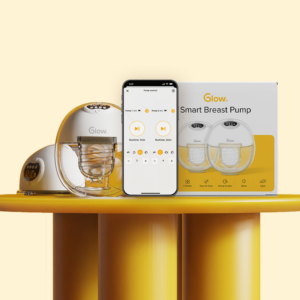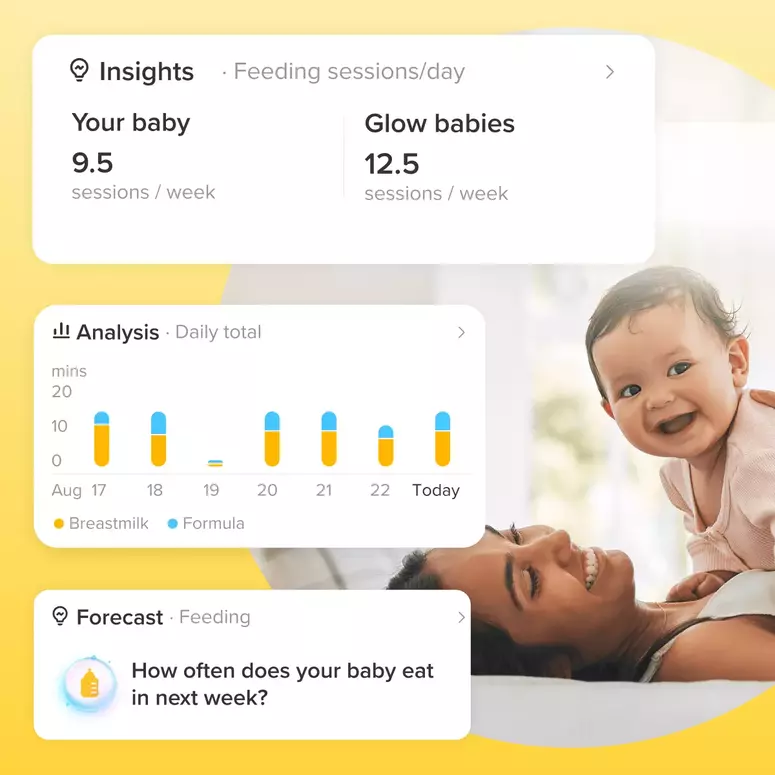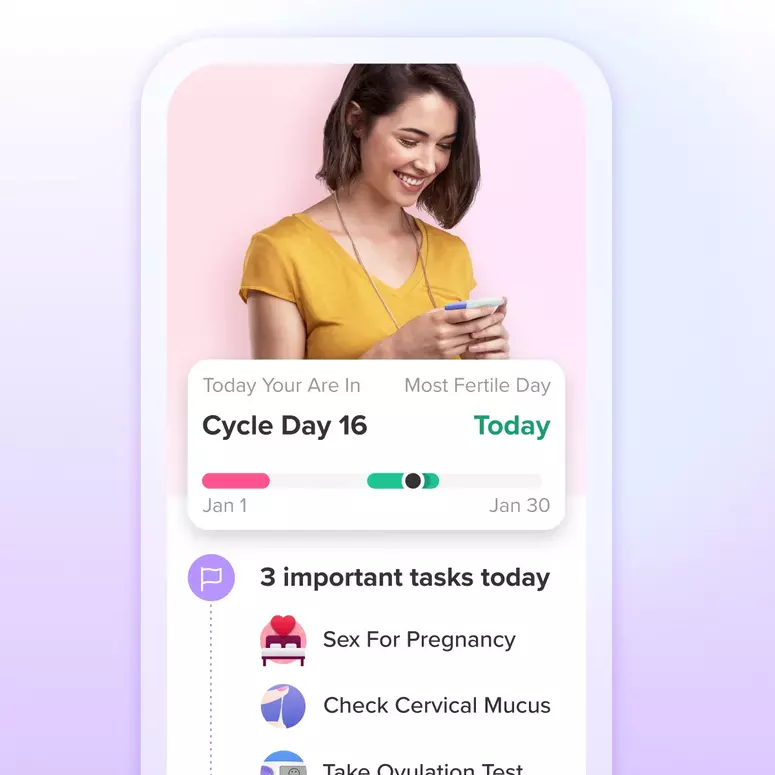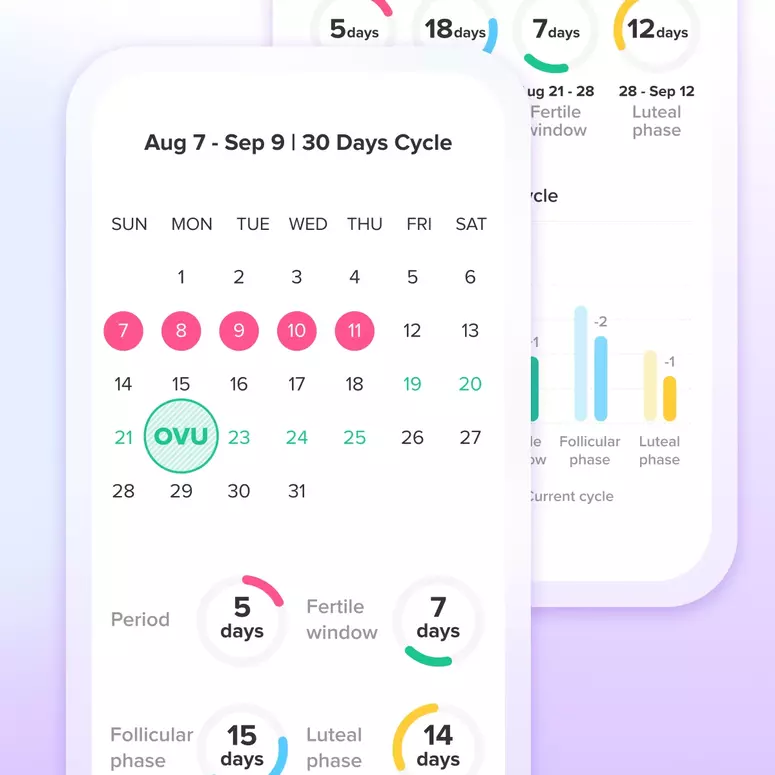
Expressing milk means squeezing milk out of your breast so you can store it and feed it to your baby later. Expressing breast milk offers a valuable way to provide your baby with the benefits of breast milk even when you’re apart or facing breastfeeding challenges. Whether you’re returning to work, needing a break, or wanting to build a milk stash, understanding how to express and store breast milk safely is essential.
Why Express Breast Milk?
There are many reasons to express breast milk. It allows mothers returning to work or school to continue providing their babies with breast milk, and pumping between feedings can help boost milk supply. For premature or ill infants who struggle to latch, expressed milk is essential. It also offers relief from engorgement, allows for shared feeding responsibilities with partners or caregivers, and enables mothers to create a stored supply for unforeseen circumstances.
How to express breast milk
You can express milk by hand or with a breast pump. How often you express your milk, and how much you express, will depend on why you’re doing it. Sometimes it takes a little while for your milk to start flowing. Try to choose a time when you feel relaxed. Having your baby (or a photo of them) nearby may help your milk to flow. You may find it easier to express if you cover your breasts with a warm towel first, or after you have a shower or bath.
Expressing breast milk by hand
Some find it easier to express milk by hand, especially in the first few days or weeks. It also means you can express without needing a pump, or an electricity supply. Hand expressing allows you to encourage milk to flow from a particular part of the breast. This may be useful, for example, if one of the milk ducts in your breast becomes blocked. Hold a sterilized feeding bottle or container below your breast to catch the milk as it flows.
Watch a video about expressing milk by hand on the UNICEF website
Expressing milk with a breast pump
There are 2 different types of breast pump: manual (hand-operated) and electric. Manual pumps are cheaper but may not be as quick as an electric pump. You may be able to hire an electric pump. Your midwife, health visitor or a local breastfeeding supporter can give you details of pump hire services near you. The suction strength can be altered on some electric pumps. Build up slowly. Setting the strength to high straight away may be painful or damage your nipple. You may also be able to get different funnel (the part that goes over your nipple) sizes to fit your nipples. The pump should never cause bruising or catch your nipple as it’s sucked into the funnel. Always make sure that the pump and container are clean and sterilized before you use them.
Storing breast milk
Proper storage of expressed breast milk is crucial for safety and quality. Utilize clean, food-grade containers, such as glass, hard plastic, or specialized storage bags, and always label them with the date and time of expression. Freshly expressed milk can remain at room temperature for up to four hours. Refrigerate milk for up to four days, placing it in the back of the refrigerator, away from the door. For long-term storage, freeze milk for 6-12 months in the back of the freezer. Thaw frozen milk in the refrigerator or by placing the container in warm water, avoiding microwaves. Warm thawed or refrigerated milk similarly, using warm water, and never boil or microwave it. Discard any leftover milk after a feeding and never refreeze thawed milk.
Defrosting frozen breast milk
To ensure safety and maintain quality, frozen breast milk is best defrosted slowly in the refrigerator before feeding. For quicker use, it can be thawed in a jug of warm water or under running warm water. After thawing, gently shake any separated milk and use it immediately; never refreeze defrosted milk. Once a baby begins feeding from a bottle, any remaining milk should be used within one hour and then discarded.
Warming breast milk
Expressed breast milk can be offered to your baby straight from the refrigerator if they don’t mind cold milk. If you prefer to warm it, place the bottle in a jug of warm water or hold it under running warm water until it reaches body temperature. Importantly, never use a microwave to warm or defrost breast milk, as this can create uneven heating and potentially scald your baby’s mouth.





